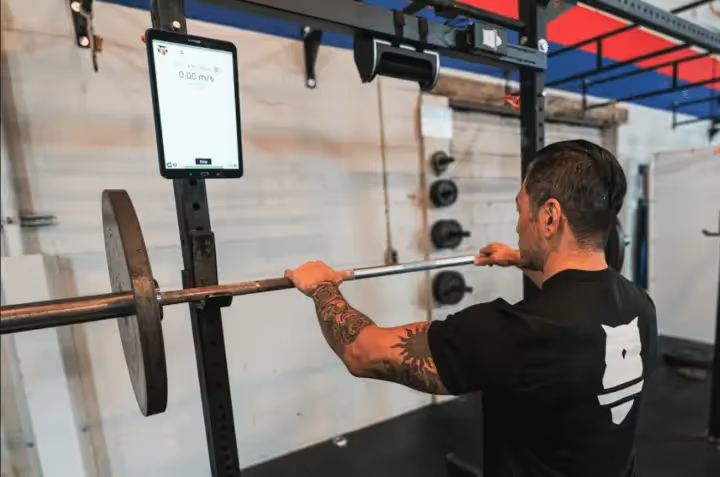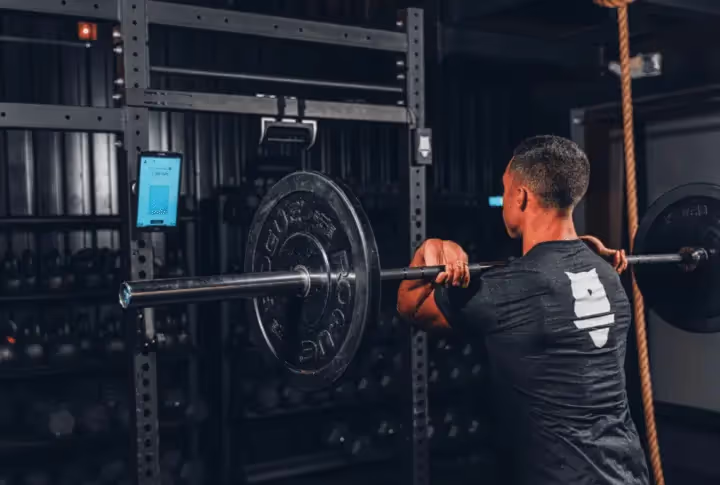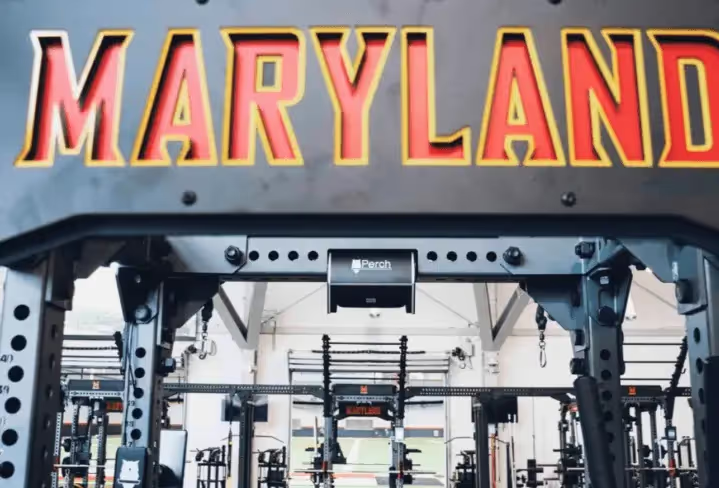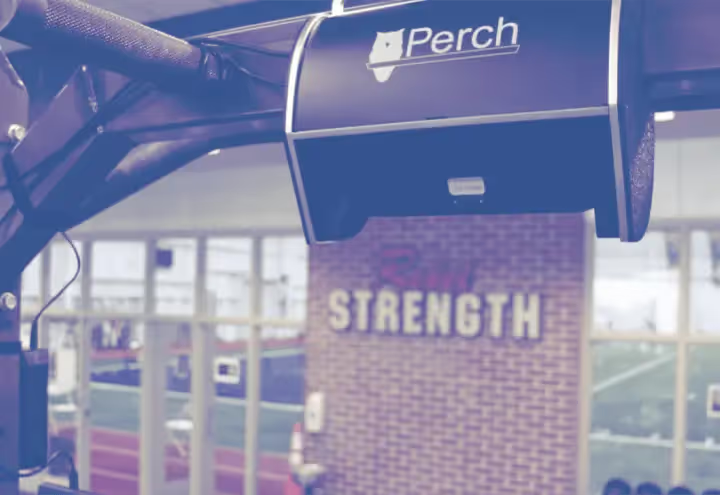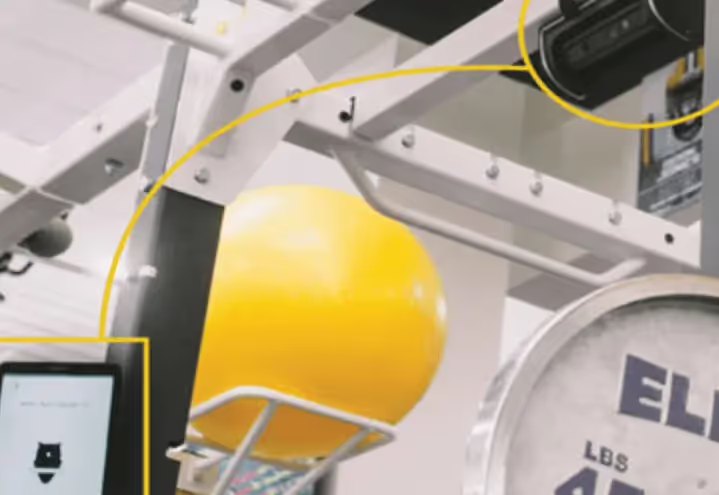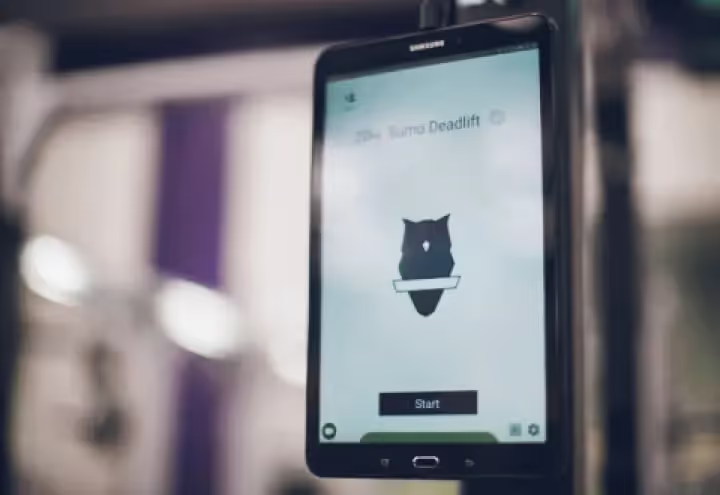Return to Play from COVID19


We find ourselves in uncertain times with the COVID19 pandemic. Athletes who would otherwise be training under the supervision of their strength & conditioning coaches are at home, making due with minimal equipment, and not competing in their sport. Backpacks that used to carry textbooks from class to class are now being repurposed to add additional load to body weight squats performed in the living room. Executing return to play in a way that keeps athletes healthy and prepares them for competition has never been more important. No matter how hard your athletes have worked over the last few months, They will be weaker upon returning, and there is no way to predict the range of strength and fitness levels we will see. Combine this with an accelerated return to play timeline, and you have a perfect storm for injury.
HOW CAN ATHLETIC PROGRAMS OPTIMIZE THE SMALL TRAINING WINDOWS THEY HAVE SO THAT ATHLETES CAN NOT ONLY RETURN TO PLAY SAFELY WITH A LOWER RISK OF INJURY, BUT ALSO OVERPOWER THEIR COMPETITION?

WEIGHT ROOM MONITORING CAN HELP
Over the last few years, monitoring in the weight room is becoming commonplace. It can take many shapes, but the most common implementation is something called Velocity Based Training (VBT). VBT is a form of strength training that relies upon speed of movement to guide the workout, versus simply the weight the athlete is lifting. After every repetition, a display will show an athlete the exact speed or power output at which they lifted, and in more modern systems , this data gets stored for a coach to view, generate reports, and monitor progress.
There are numerous benefits to VBT, but in short: VBT closes the feedback loop. Instead of a coach relying on subjective feedback (was that lift hard or easy?) or unreliable data they collected from the athletes months prior (such as their previous 1-Rep-Max), VBT gives coaches and athletes immediate feedback – every rep, every workout. If an athlete lifts the weight too slow, take some weight off and prevent overtraining, if the athlete lifts the weight too fast, add weight and take advantage of a good training day.
The thing that I’ve noticed more than anything is how much healthier our guys are by using velocity based training. You’re able to select the optimal weight and the optimal rep range. Programming is so much easier now…because it takes out all the guesswork.
Tommy Moffitt, Head Strength & Conditioning Coach, LSU Football
6 KEY WAYS WEIGHT ROOM MONITORING CAN HELP YOUR ATHLETES RETURN TO PLAY FROM COVID19
1. PROFILING AND ASSESSING ATHLETES UPON THEIR RETURN TO PLAY
Using a measurement device, such as Perch, coaches can profile their athletes to determine their Force-Velocity curve (basically how explosive an athlete is at various weights). They can use this profile to immediately determine where an athlete is deficient and focus on training these traits. Thereby maximizing a limited training window.
We’ve been able to build FV profiles per positional group and per guy to know what it looks like zoomed out. When they return, we’ll be able to evaluate them. And then we can push the envelope forward or dial back accordingly. But ultimately, these tools allow us as coaches to dial in exactly where we should be or could be and go from there, whenever that time comes.
Aaron Getz, Assistant Strength & Conditioning Coach, Duke Football
2. PRECISELY PRESCRIBE THE INTENSITY OF A WORKOUT
The weight an athlete lifts during a workout (intensity) is usually dictated by a percentage of their 1-Rep-Max (1RM) (the most amount of weight an athlete can lift for 1 repetition). However, when athletes return to play on campus their 1RM is unknown and therefore it is very difficult to prescribe the proper weight and workout. With VBT, a coach can instead prescribe a velocity and the athlete can find the weight that allows them to lift at that speed, taking the guesswork out of training. Too slow, take weight off. Too fast, add weight.
I don’t need to know what my athlete’s 1RM is or even how much weight they can lift. I know that to maximize peak power, they should be lifting between 0.7 – 0.77 m/s. That’s where they will stay when they return. We have so much insight, it almost feels like cheating.
Noel Durfey, Head Strength & Conditioning Coach for Football, Duke University
3. RETURN TO PLAY BASELINES
If a program was using VBT prior to COVID19, and had established athlete baselines and profiles, you would be able to return them to play with confidence. A coach can look at how the athletes are performing now and compare their performance to their original baseline.
We collected data all last year. We know exactly how our returning players were performing before they left campus. This gives us a starting point. I know how fast my players should be squatting certain weights. If they are moving less weight at the same speed or the same weight a lot slower, I know we have some work to do to get back to our baseline.
Jeremy Jacobs, Assistant Strength & Conditioning Coach, LSU Football
4. LIFTING HEAVY WEIGHTS, SAFELY
Lifting heavy weights is important. It develops key performance attributes that athletes need to perform their sports and prevent injury on the field. The closer an individual gets to their 1RM, the greater risk for injury. Everyone can benefit if nearing the “danger zone” is approached with more accuracy. Coaches can tell their athletes to lift at 0.3 m/s (around 95% of 1RM), and if they never dip below that number, a coach can be certain they aren’t putting their athletes at risk.

5. INCREASE FREQUENCY OF TRAINING
When athletes return to campus, they may only have a few short weeks to get ready for competition. With velocity, a coach can closely monitor strength gains and fatigue. With this information, the coach can safely increase the frequency and volume of training and be confident that he or she isn’t putting athletes at risk of overtraining. Using velocity to monitor readiness and fatigue will enable coaches to prescribe the appropriate load and volume everytime.
I can keep kids with less experience at different speeds and weights for longer to ensure they are proficient at the movement and have a quality base before I progress them and focus on something else.
Brandon Golden, Assistant Strength & Conditioning Coach, Eastern Carolina University
6. ENHANCE A COMPETITIVE ATMOSPHERE, SAFELY
Athletes will most likely be itching to get back to campus, load the barbell up with weight, and lift the same weight they had lifted before they left. If they haven’t touched these loads in months, this can be very dangerous. Velocity and power output provides other metrics on which athletes can focus, metrics that aren’t just about brute strength, but focus on explosiveness and speed, attributes that will carry over onto the field of play. These metrics can also be used to compete against themselves and each other day to day, without risking overtraining or injury under load.
No matter what we were doing we were using velocity to measure load. The athletes loved it. It was an easy transition because it created a really competitive environment, it was an easy process for the players. They were competing between racks and really trying to get better.
Tony Smith, Director of Strength & Conditioning, Gaffney High School
HOW PERCH CAN HELP
Perch uses cameras attached to your weight rack to effortlessly monitor your athletes, provide real time velocity and power output feedback, and store this data to view after the workout. . Previously, VBT has been cumbersome to install and implement. Other devices require tethers and wearables, which can lead to lost time in the weight room and damaged equipment.
Developed at MIT, Perch brings weight room monitoring to the 21st century and provides your coaches and athletes with the information they need to put the best product on the field day after day and week after week. Despite interruptions to training, VBT and Perch will meet athletes where they are and enhance their ability to perform while keeping them safe.
OTHER RELEVANT POSTS!
Check out other posts in our Return to Play series:
- RTP 1: Profiling and Assessing Athletes
- RTP 2: Prescribing the Intensity of a Workout
- RTP 3: Baseline Tests
- RTP 4: Lifting Heavy Weights, Safely
- RTP 5: Increase Frequency of Training
- RTP 6: Enhance a Competitive Atmosphere
Check out Coach’s Corner to see how teams use VBT with Perch
FOLLOW US!
Keep checking back for more velocity based training content, tips, tricks, and tools. And don’t forget to follow us on Twitter , Instagram and Linkedin and like us on Facebook .
Read more about Perch here! And check out Product Videos here. And our support website here.
Back to basics? Review the origins of VBT and Strength Training!

Start Gathering Data With Perch Today!
Reach out to us to speak with a representative and get started using Perch in your facility.

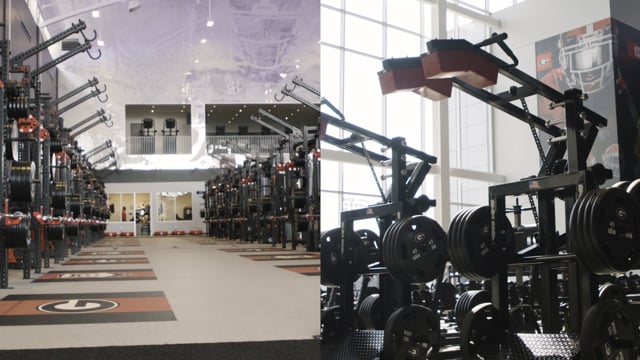
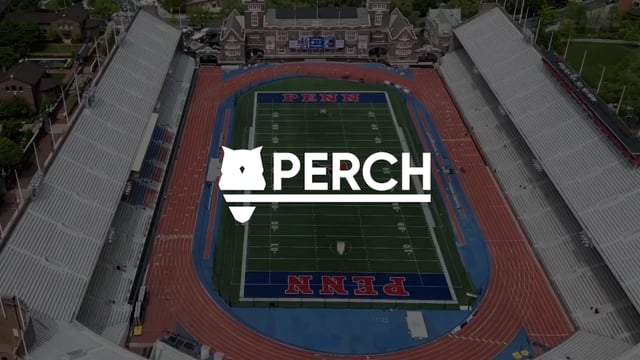
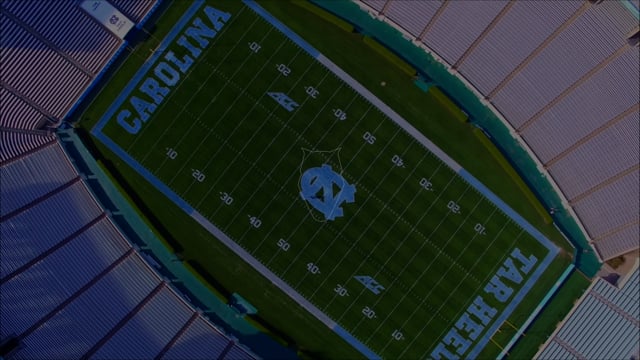

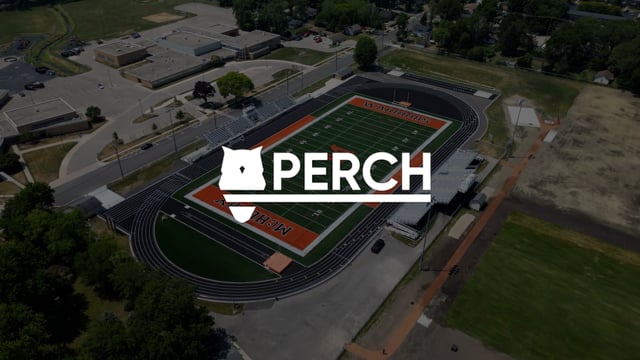
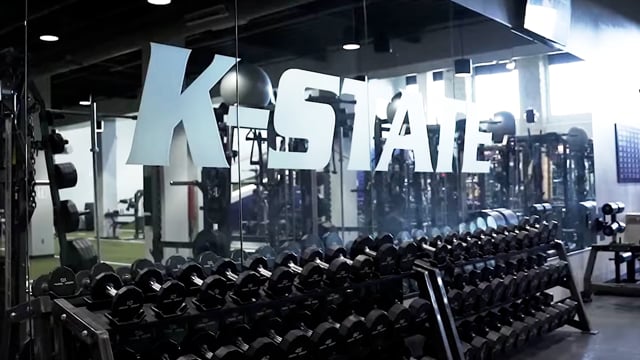

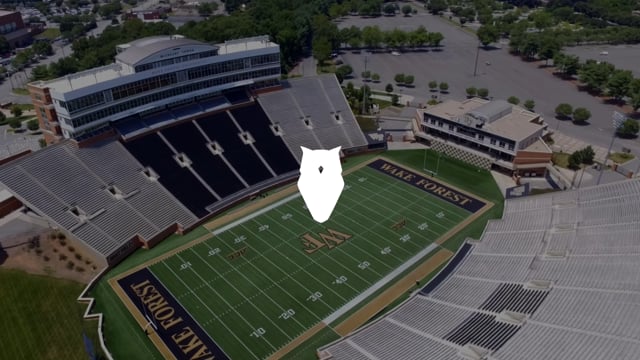
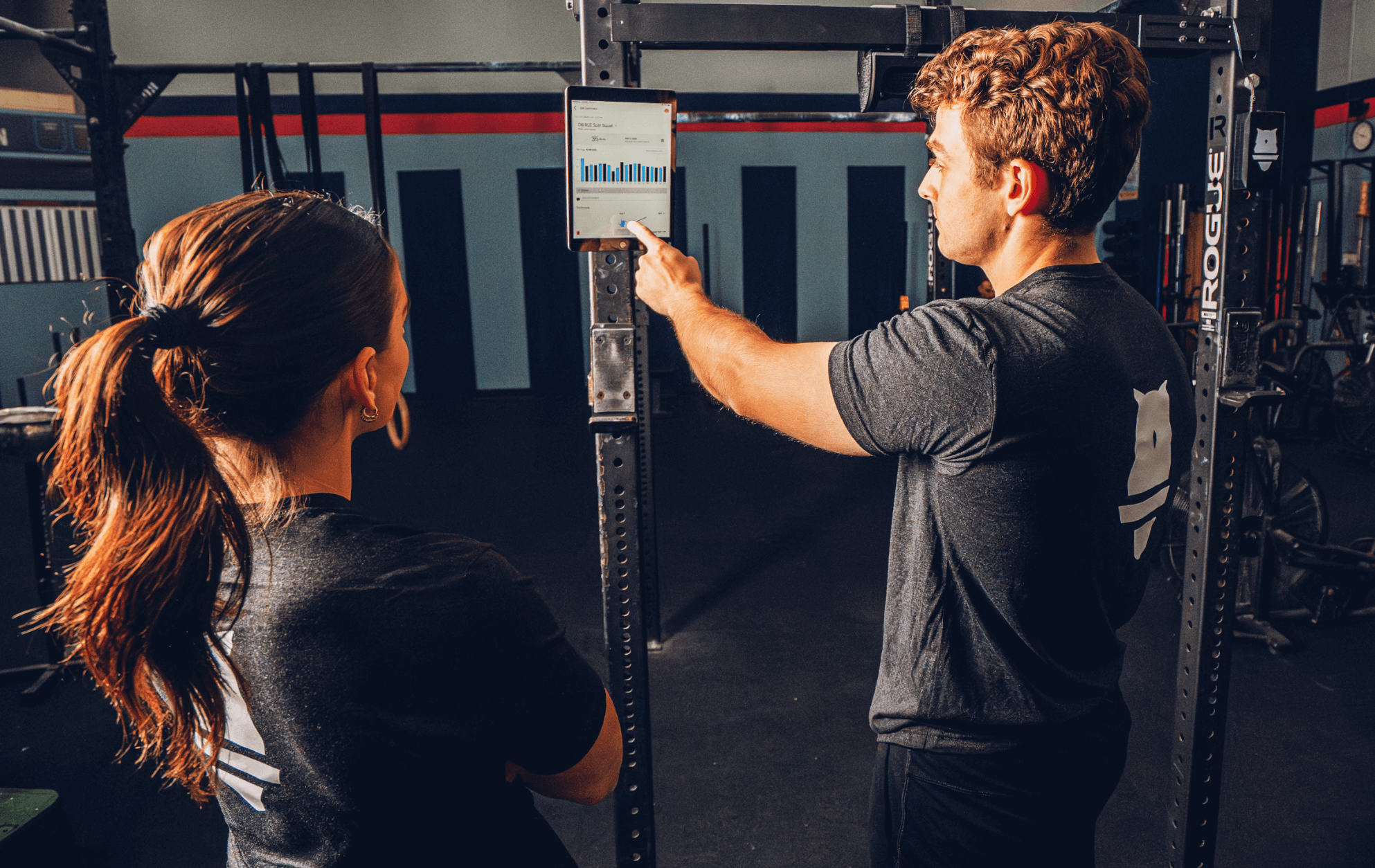
































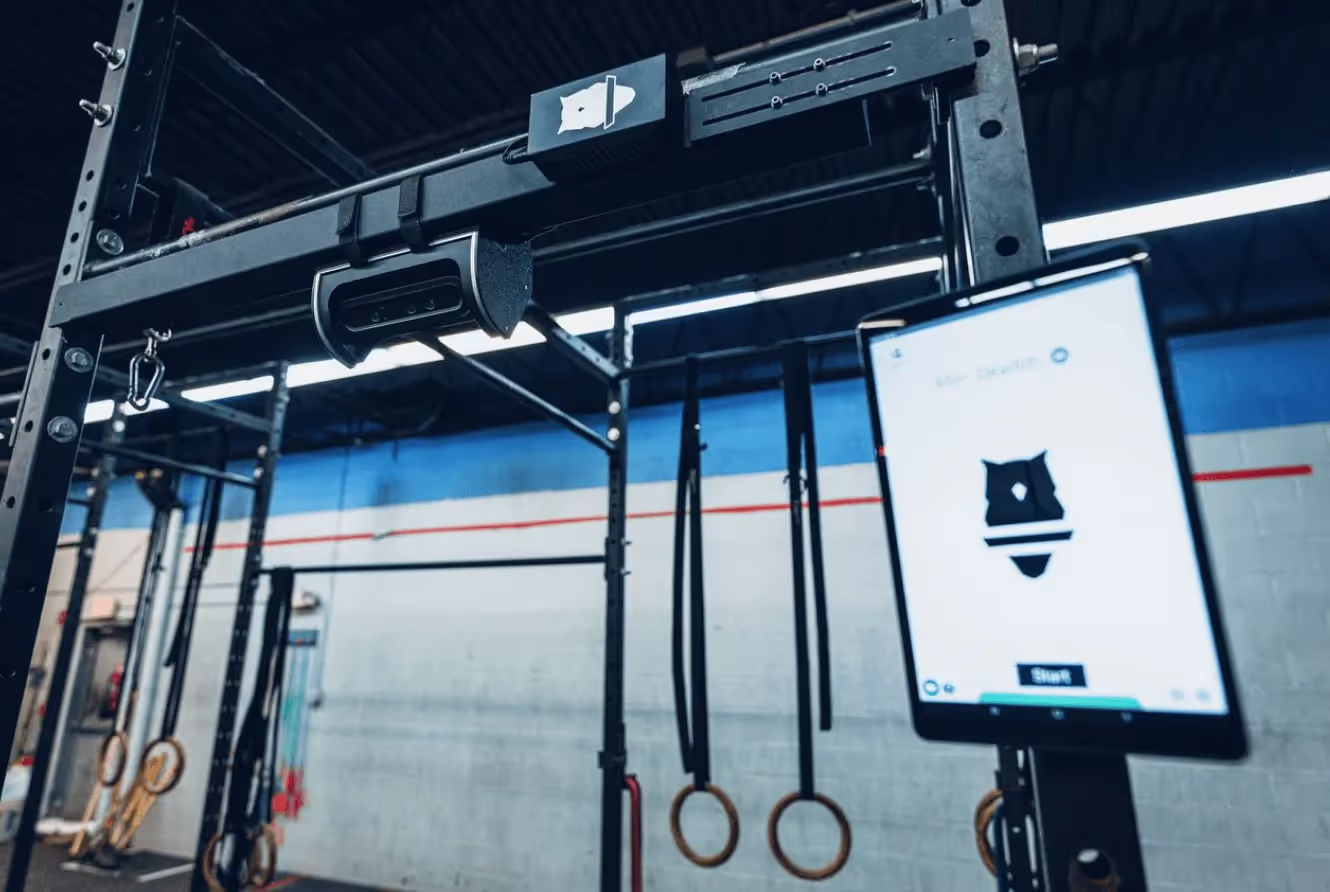
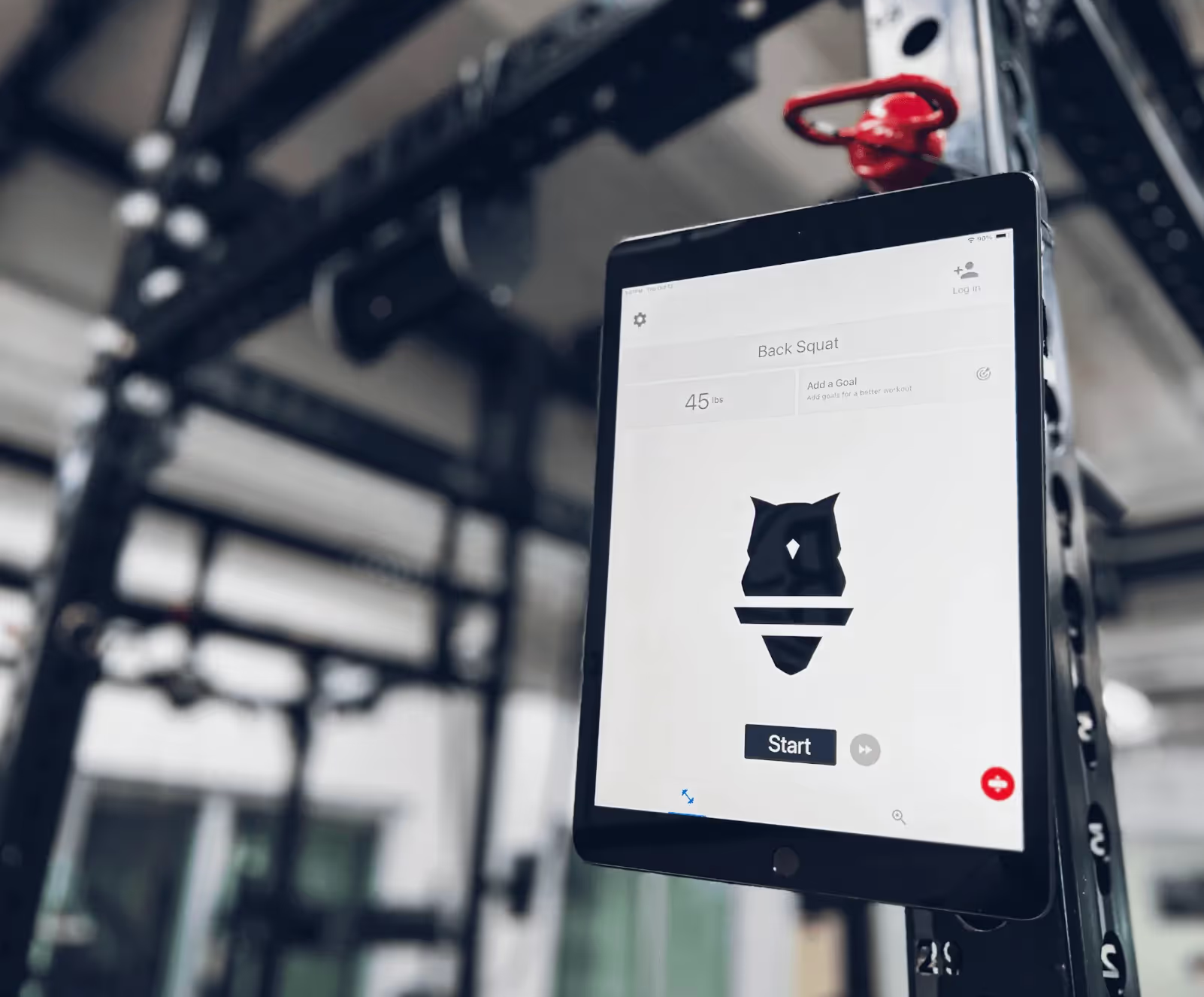



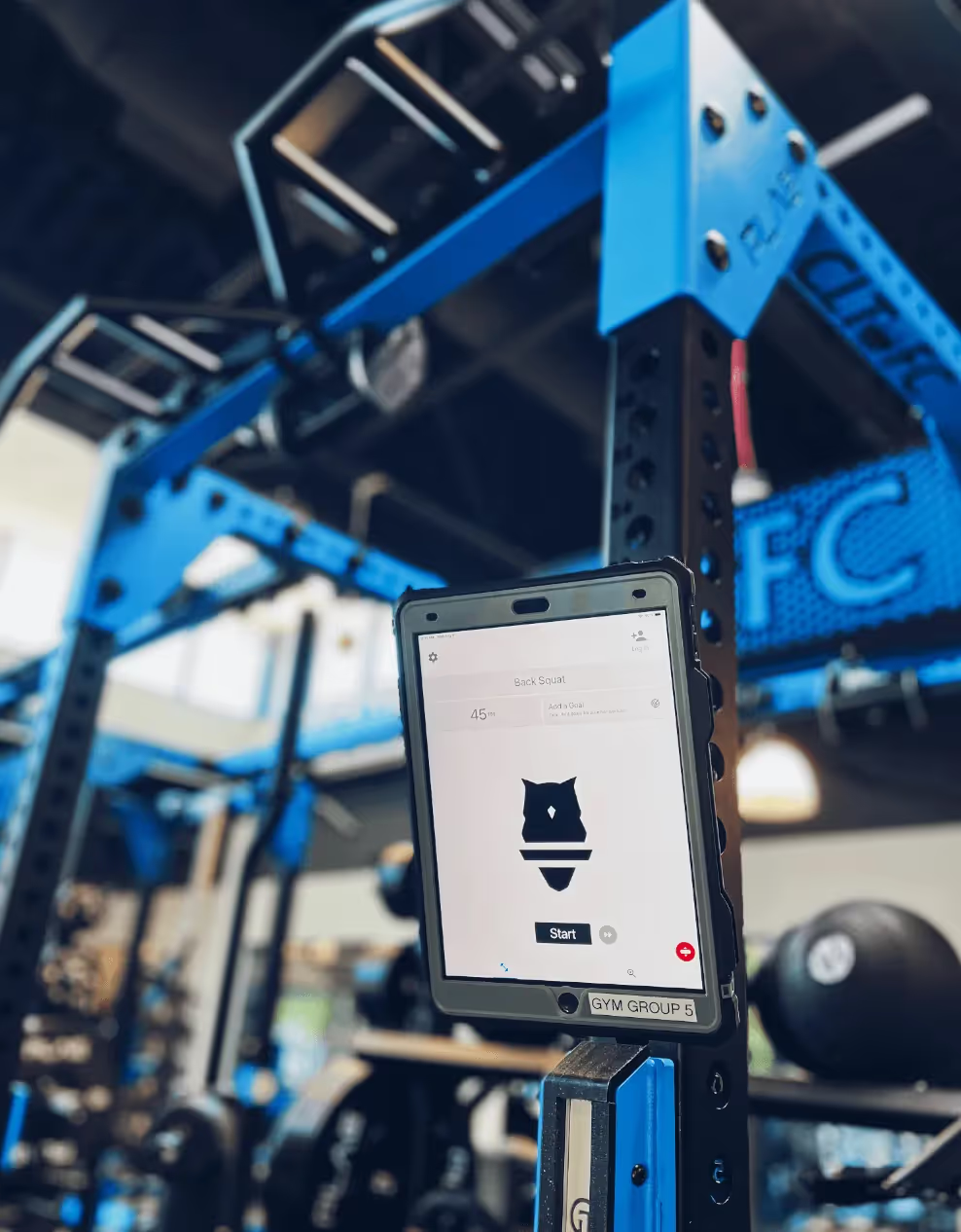
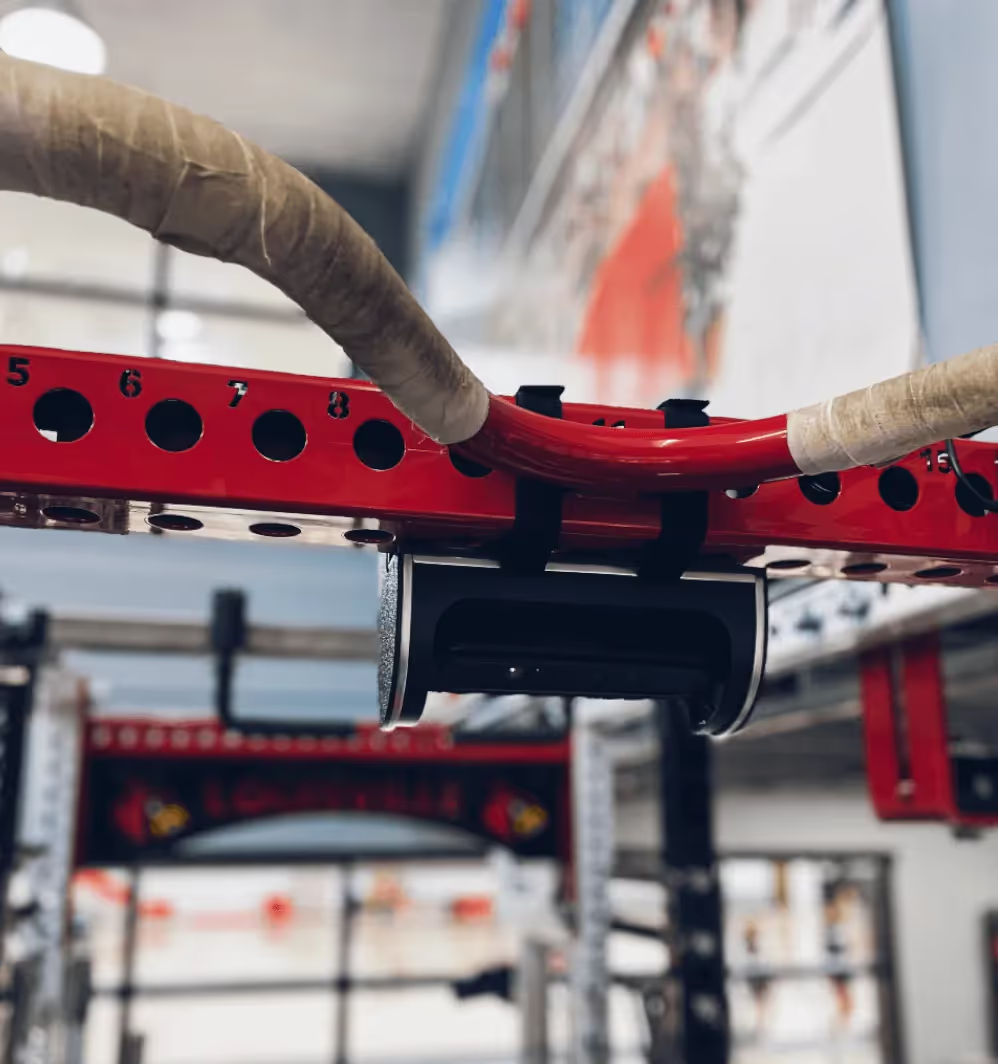






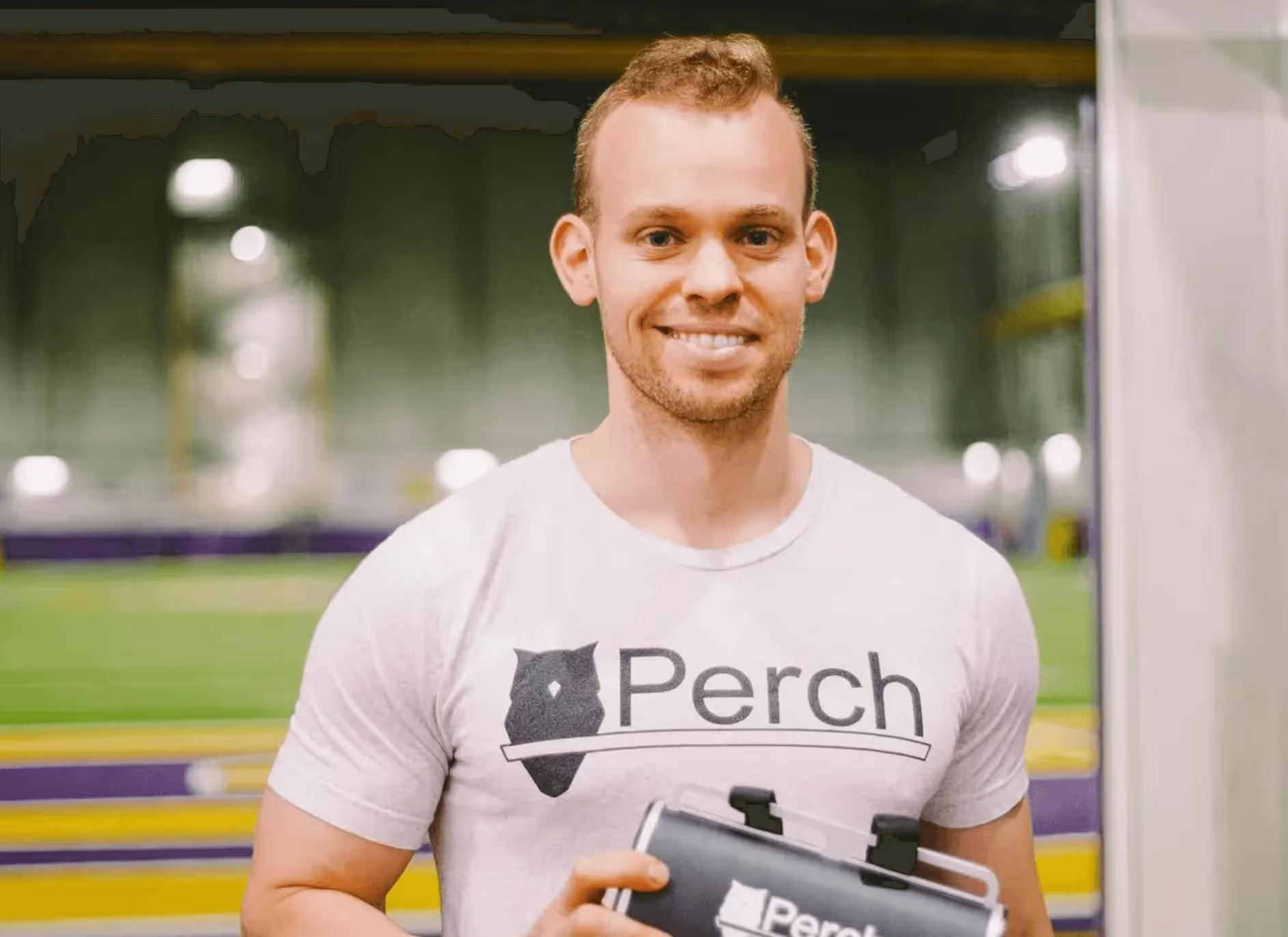





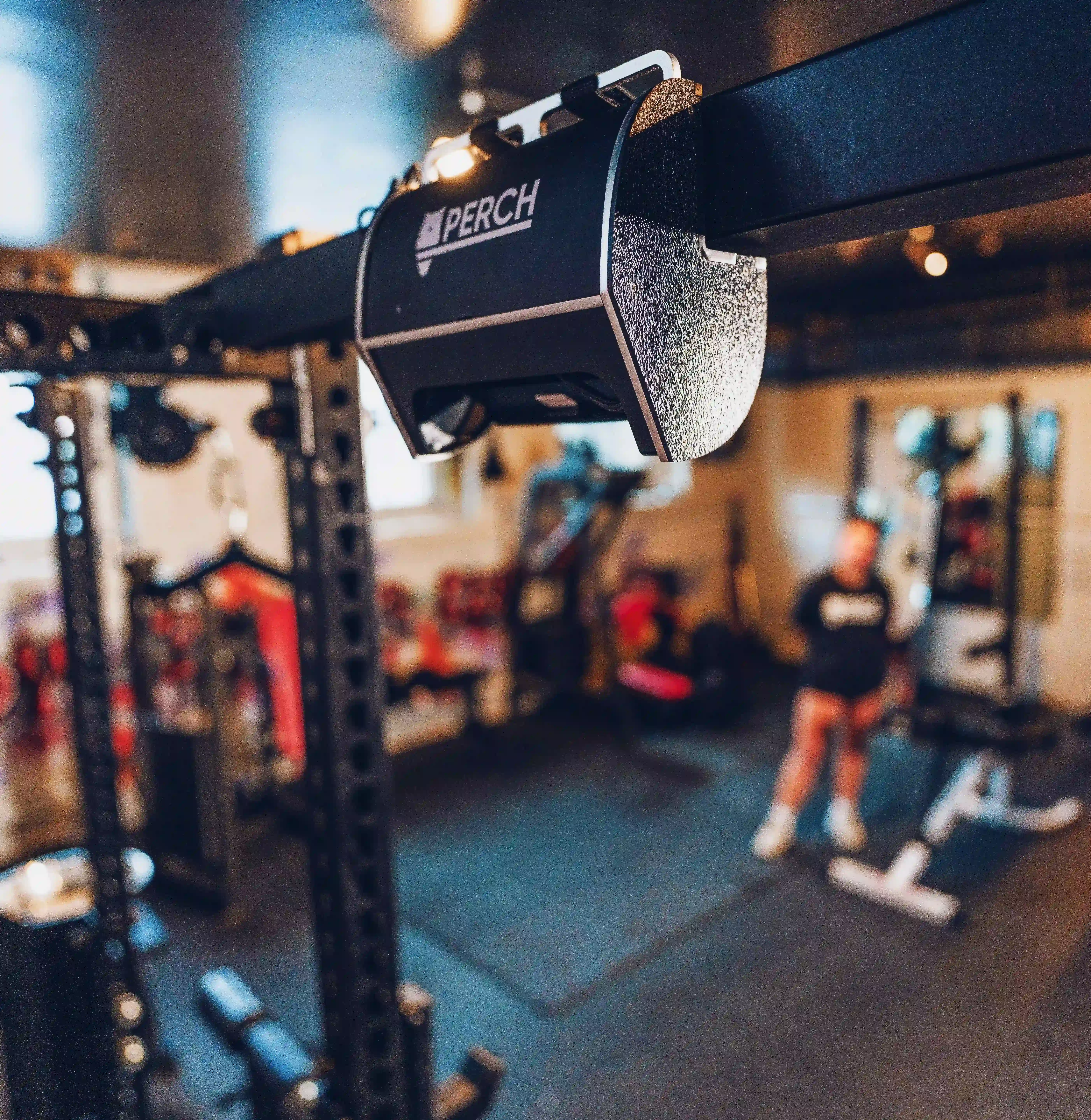
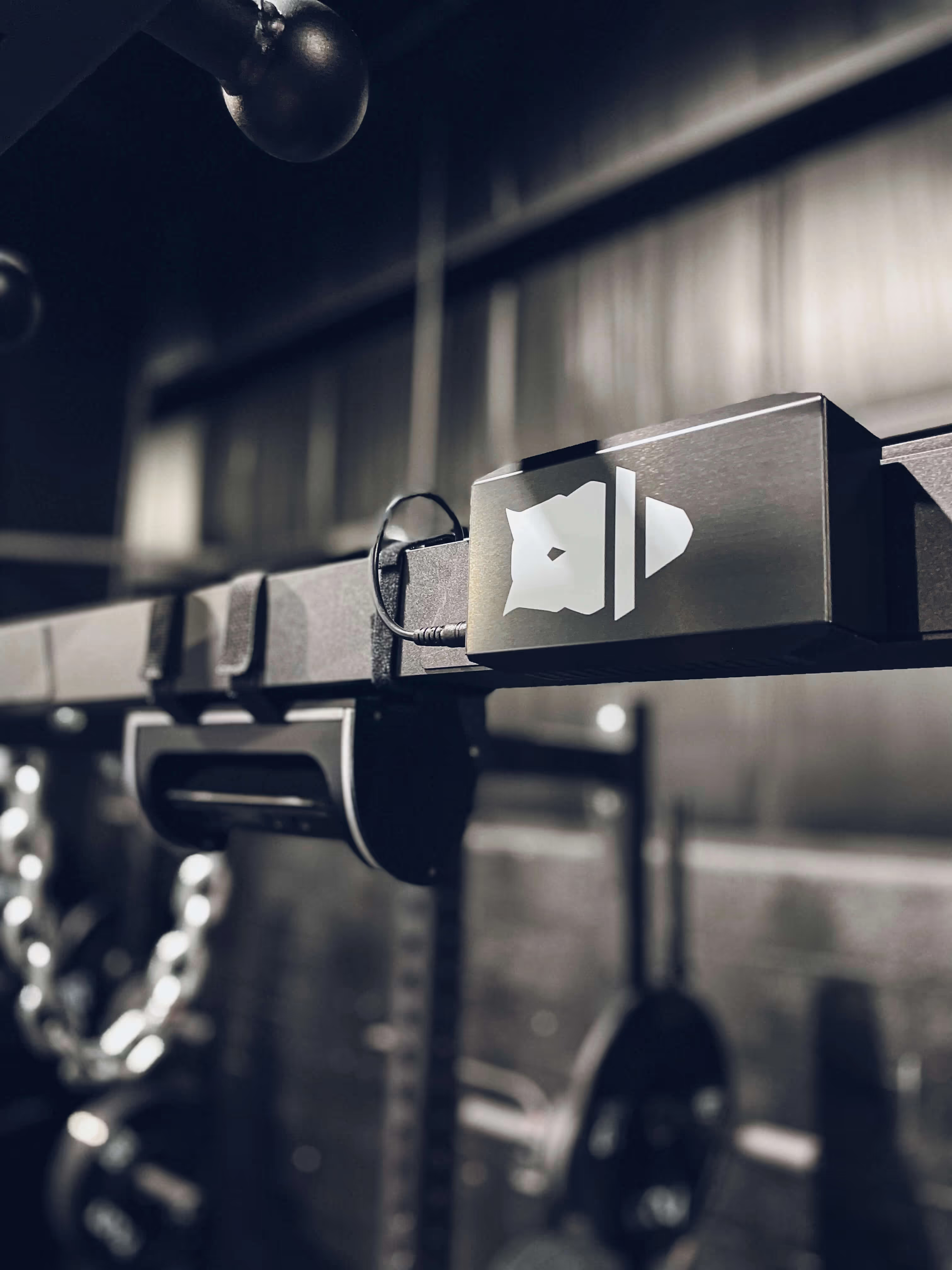

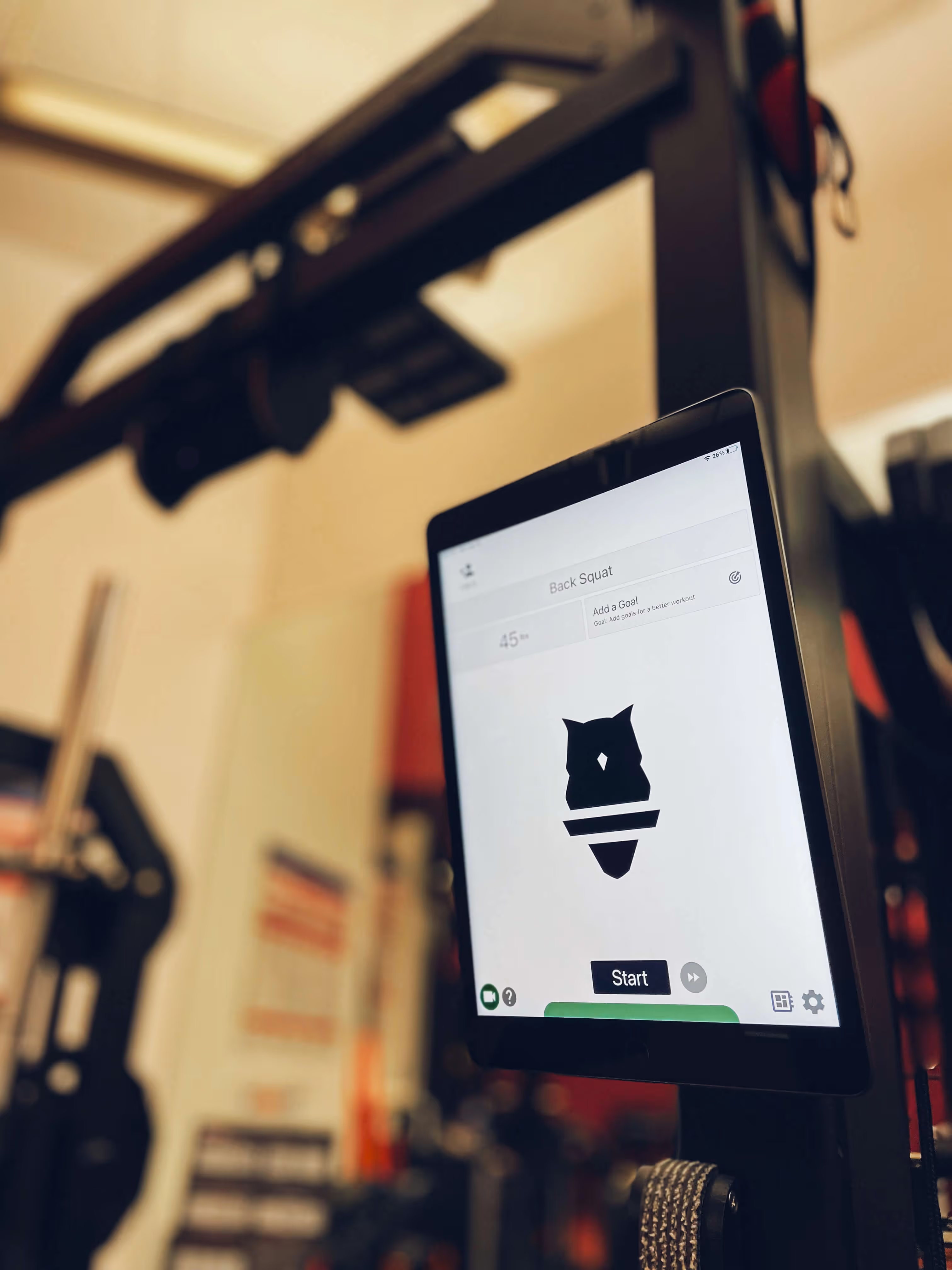

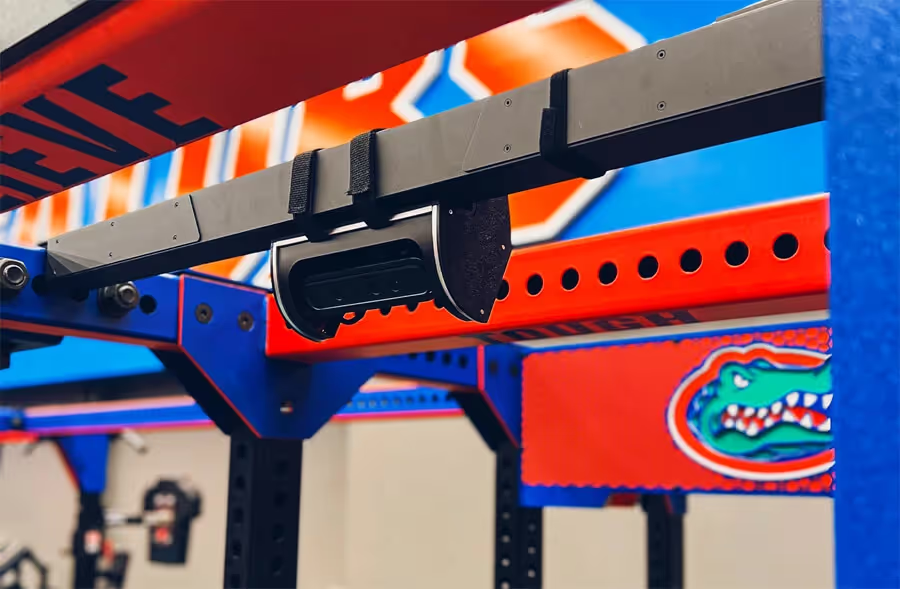






.avif)






